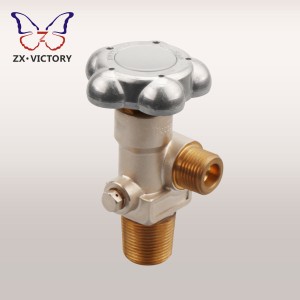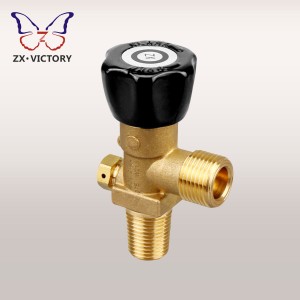Residual Pressure Valves (RPV) are a critical component in protecting gas cylinders from contamination and ensuring their safe and proper use. Developed in Japan in the 1990s and later introduced into the Cavagna product line in 1996, RPVs utilize a cartridge located within the RPV cassette to prevent impurities and external particles from entering the cylinder.
RPVs are classified as either in-line or off-line, depending on the RPV cassette’s location in relation to the cylinder’s centre and handwheel’s centre. Off-line RPVs are assembled behind the valve’s outlet, while in-line RPVs position the RPV cassette inside the outlet.
RPVs are automatic systems that respond to pressure changes by utilizing the concept of forces versus diameter to open and close. When the cylinder is full, gas flows into the RPV cassette, where it is blocked by the seal between the valve body and the O-ring in the RPV cassette. However, when the force expressed by the gas pressure on the O-ring exceeds the spring and external forces’ strength, the gas pushes the RPV cassette, compressing the spring and pushing back all RPV components. This breaks the seal between the O-ring and the valve body, allowing the gas to escape.
The RPV cassette’s primary function is to maintain pressure inside the cylinder to prevent contamination by atmospheric agents, moisture, and particles. When the cylinder’s remaining pressure is less than 4 bar, the RPV cartridge shuts off the gas flow, preventing gas waste and ensuring safe cylinder handling. By utilizing RPVs, gas cylinder users can maintain a safe and secure working environment while maximizing efficiency and preventing contamination.
Post time: Jun-14-2023


